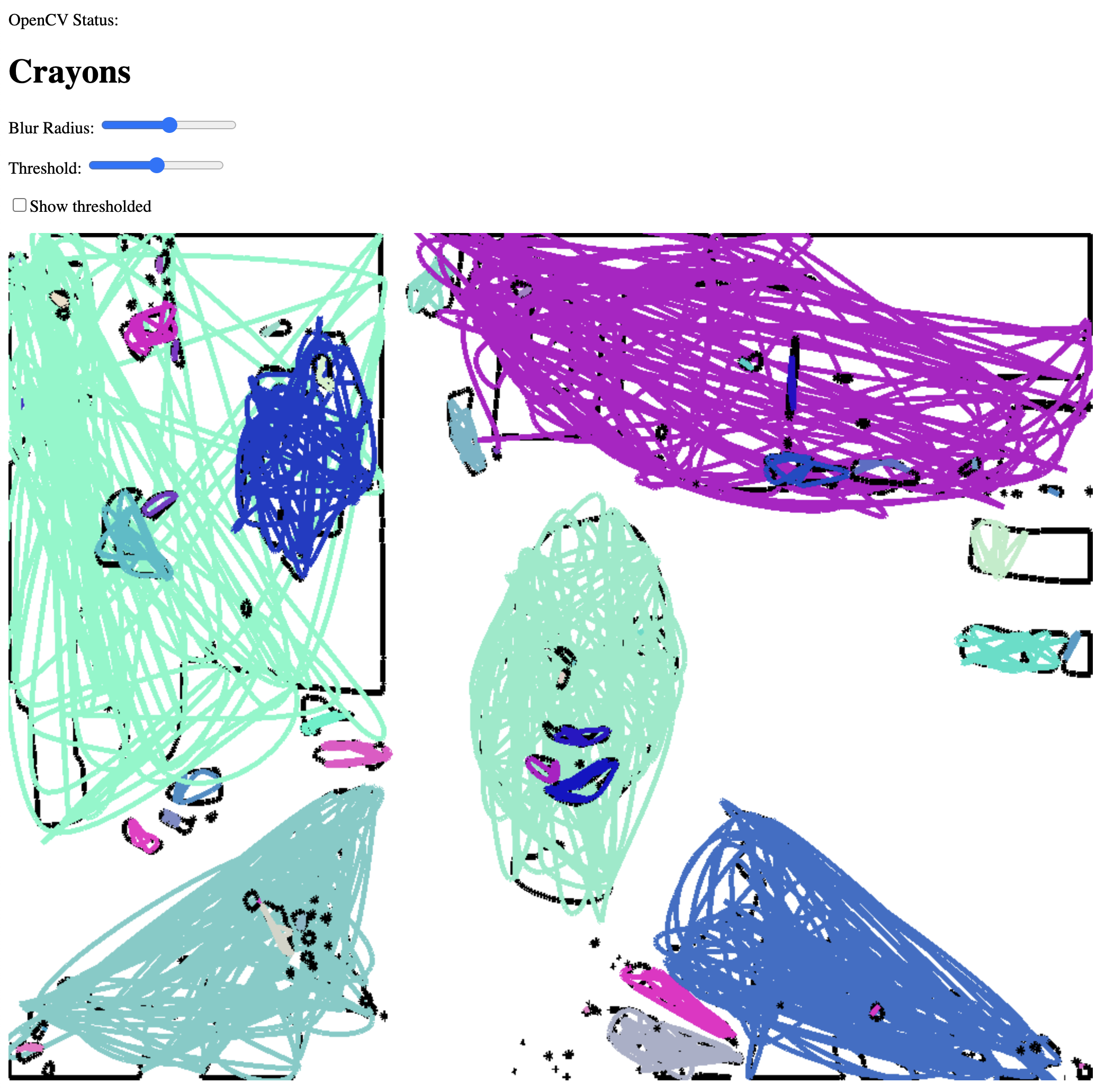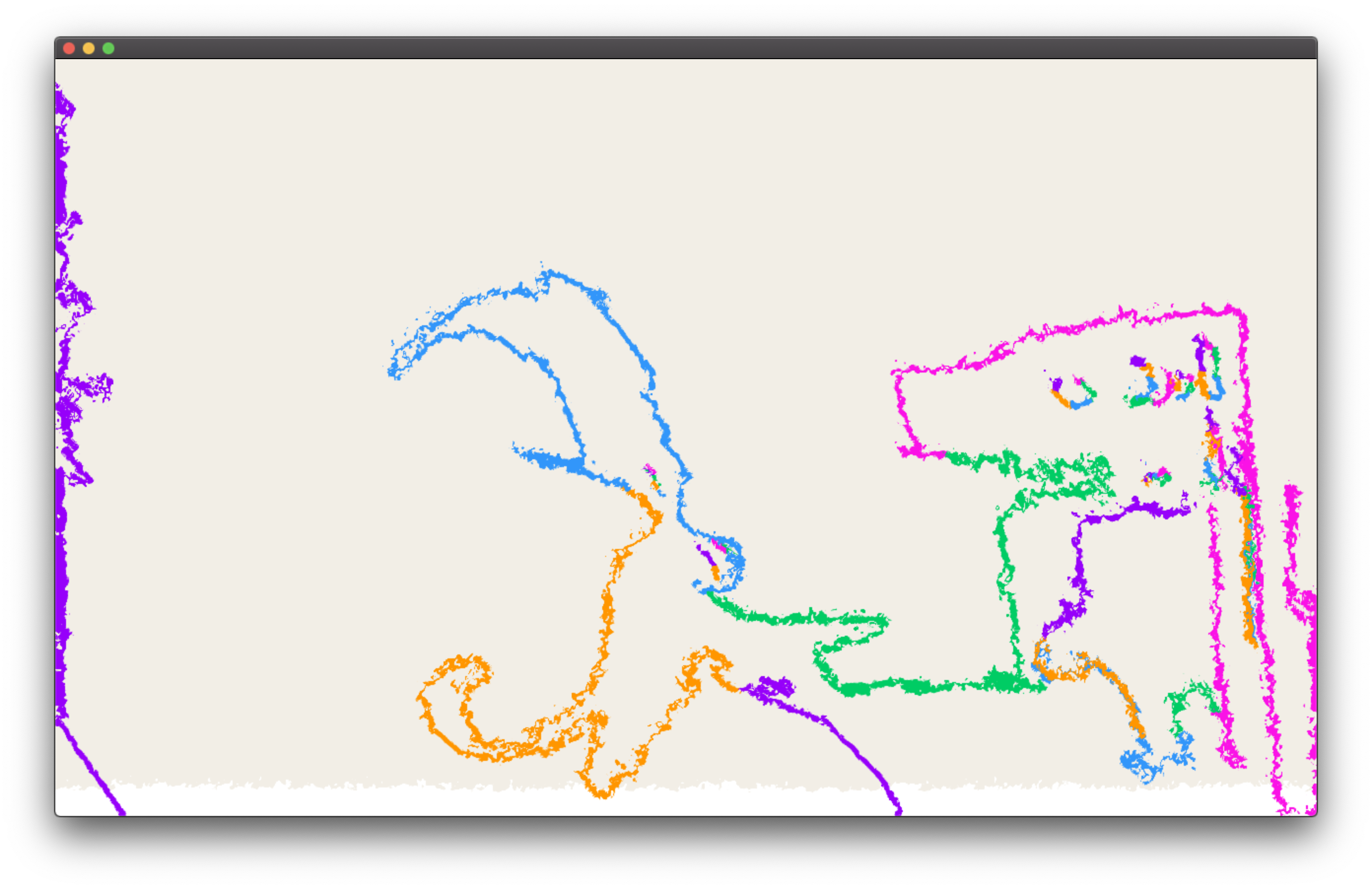CRAYONS
November 2020
openframeworks, OpenCV.js, P5.js, P5.Speech
Interactive, Creative Coding, Web
Many thanks to Zach Lieberman and his course Recreating the Past for the shader technique of using images as texture.
On exhibition at Gray Area Winter Artist Showcase.
Try out the prototype ︎
https://crayons-cv.herokuapp.com
November 2020
openframeworks, OpenCV.js, P5.js, P5.Speech
Interactive, Creative Coding, Web
Many thanks to Zach Lieberman and his course Recreating the Past for the shader technique of using images as texture.
On exhibition at Gray Area Winter Artist Showcase.
Try out the prototype ︎
https://crayons-cv.herokuapp.com
CRAYONS is an exploration into becoming a character inside a child’s drawing.
Computer vision, object and facial detections are often used for research and functional needs, such as by self-driving cars to detect road users. How might we use the technology for creative activities to bring joy through familiar visual artifacts, and explore new ways of sketching?
The project takes inspiration from children’s crayons and oil pastels drawings, Jean-Michel Basquiat’s paintings, and Myron Kruger’s works on body movements to blur the lines between the physical and digital spaces.
Computer vision, object and facial detections are often used for research and functional needs, such as by self-driving cars to detect road users. How might we use the technology for creative activities to bring joy through familiar visual artifacts, and explore new ways of sketching?
The project takes inspiration from children’s crayons and oil pastels drawings, Jean-Michel Basquiat’s paintings, and Myron Kruger’s works on body movements to blur the lines between the physical and digital spaces.

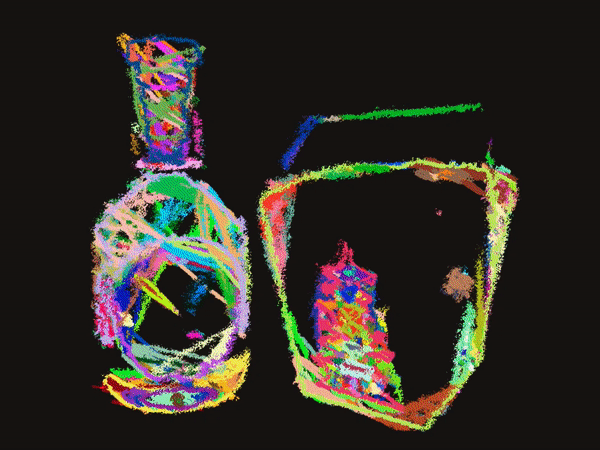
Crayola Futura typeface:
(courtesy of the classic Futura)



Participants can create a crayon drawing via the camera using their own environment.
They can also speak to the microphone to add texts to the sketch.
They can also speak to the microphone to add texts to the sketch.


Books:
Birdie:
Process
I was inspired by Jean-Michel Basquiat paintings. I loved how during his painting process, he would listen to radio and TV, and then incorporate words he heard around him into his work.
"I'm usually in front of the television. I have to have some source material around me to work off,"
– Jean Michel
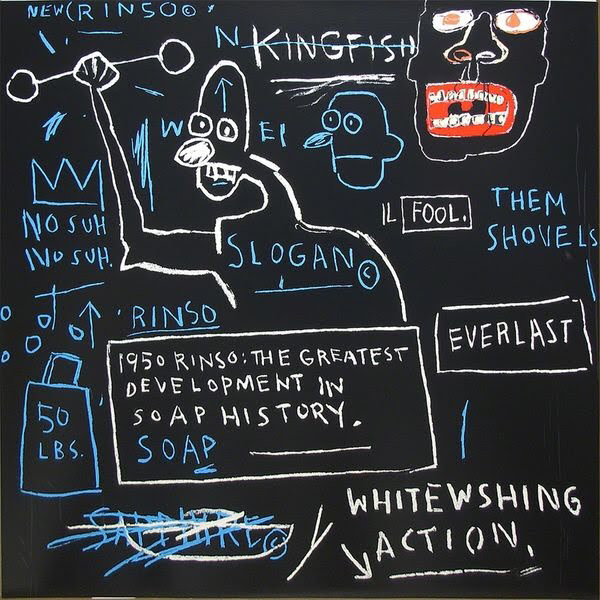

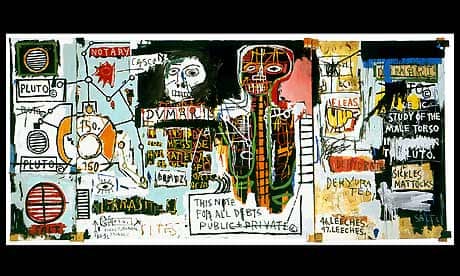
I really liked the idea of capturing the sonic environment through visualizing texts, so I tried to incorporate that in the sketch. Using p5.speech, the sketch takes in speech input from the environment.
Below are some testings on how the words appear on the canvas:
Colors were sampled from oil pastel and crayon palettes.
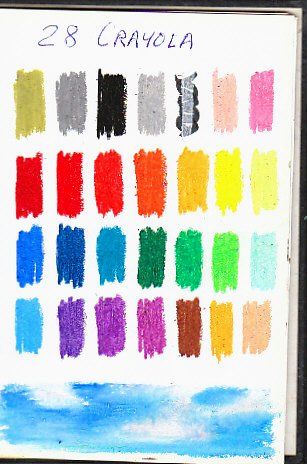
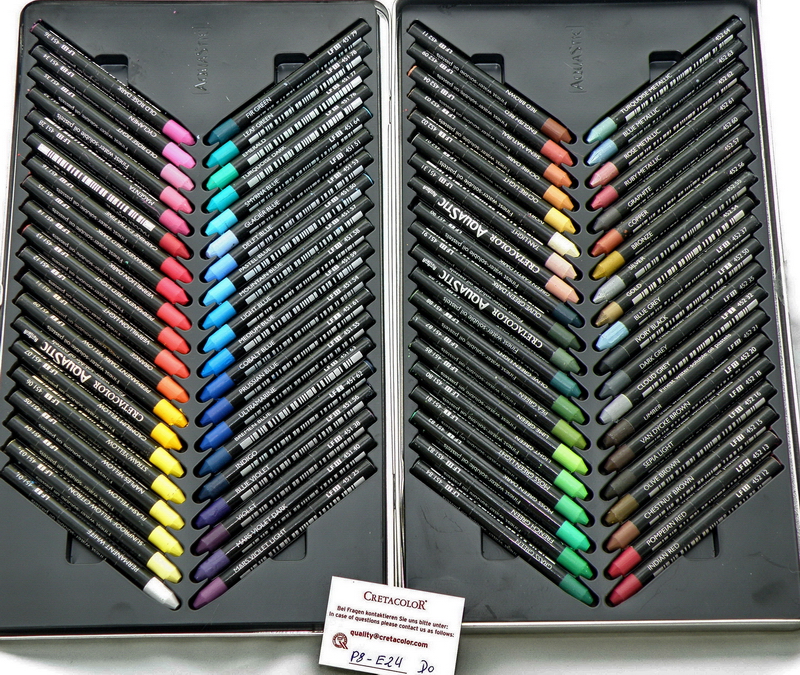
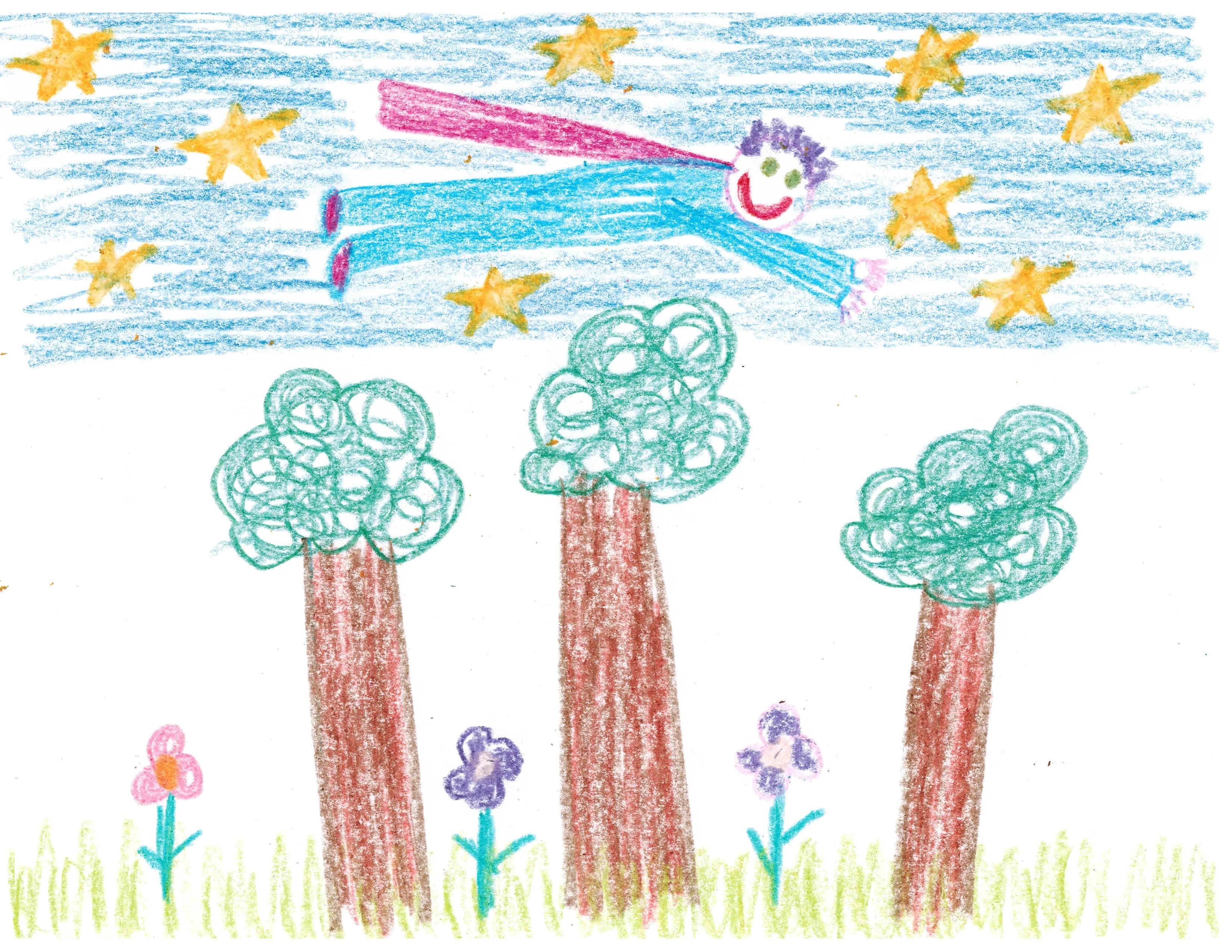
Playing around with colors, thresholds and textures of the lines:

